Transistors: working principles, types, applications and solutions to common problems
In today's electronic devices, the transistor is a very important semiconductor device that can be used as a switch or amplifier. The transistor has a wide range of applications in electronic devices, such as amplifiers, switch circuits, oscillation circuits, voltage stabilization circuits, power supply circuits, etc. This article will introduce the working principle, types, applications, and some common problems and solutions of transistors in detail.
1. Working principle of transistors
The transistor is composed of three control electrodes, namely the emitter, base, and collector. The working principle of the transistor is to control the collector current by controlling the base current. When the base current increases, the collector current also increases. This characteristic makes the transistor suitable for use as an amplifier.
In a transistor, the voltage between the collector and emitter is called the collector-emitter voltage (VCE), and the voltage between the base and emitter is called the base-emitter voltage (VBE). When VBE is greater than 0.6V, the transistor begins to conduct, and the current flows from the emitter to the base and then to the collector. When VBE is less than 0.6V, the transistor is in a cutoff state, and the current cannot flow from the emitter to the base.
2. Types of transistors
Transistors can be divided into two types: NPN and PNP. The emitter of an NPN transistor is an N-type semiconductor, the base is a P-type semiconductor, and the collector is an N-type semiconductor. The emitter of a PNP transistor is a P-type semiconductor, the base is an N-type semiconductor, and the collector is a P-type semiconductor. The working principle of the two types of transistors is basically the same, except that the polarity of the current flow and the control voltage are opposite.
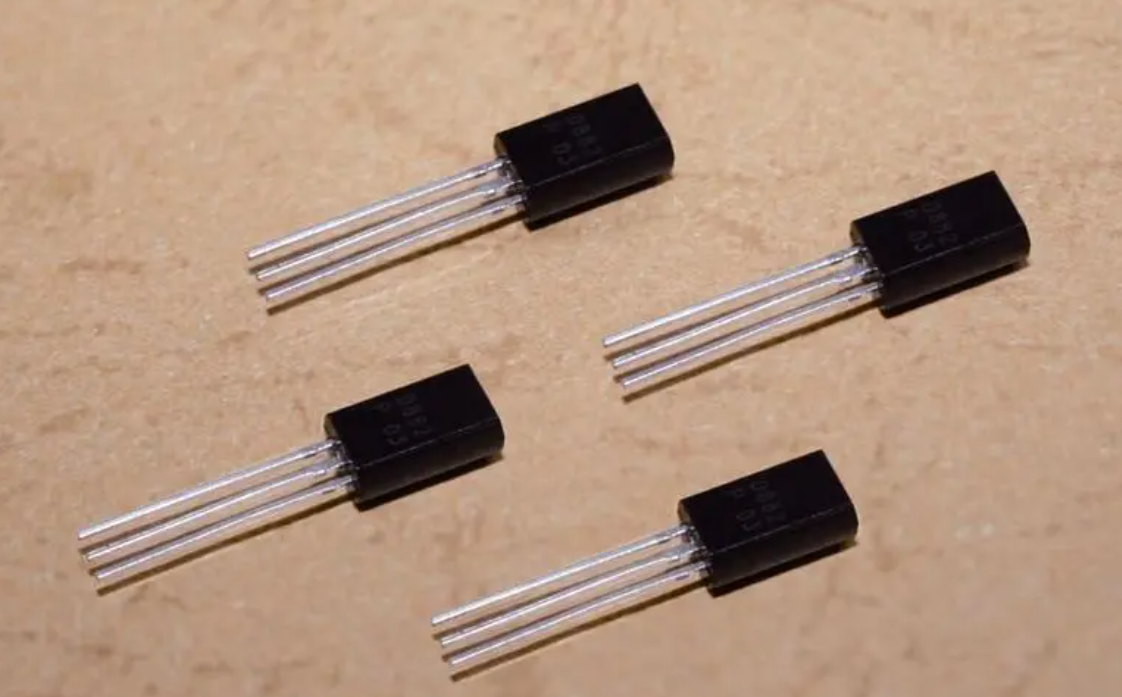
3. Applications of transistors
Transistors can be used as switches or amplifiers. In switch circuits, transistors can be used to control high voltage or high current switches. In amplification circuits, transistors can be used to amplify small signals. In addition, transistors can also be used in oscillation circuits, voltage stabilization circuits, power supply circuits, etc.
4. Common problems and solutions
In the process of using transistors, some problems may occur, such as leakage and failure. These problems can be solved by checking the circuit connection and replacing damaged components. In addition, the use of transistors also requires attention to some details, such as control voltage and working temperature.
In summary, as a basic component, transistors have a wide range of applications and important significance. Understanding the working principle, types, applications, and common problems and solutions of transistors is important for the learning and application of electronic technology.
Recent Posts


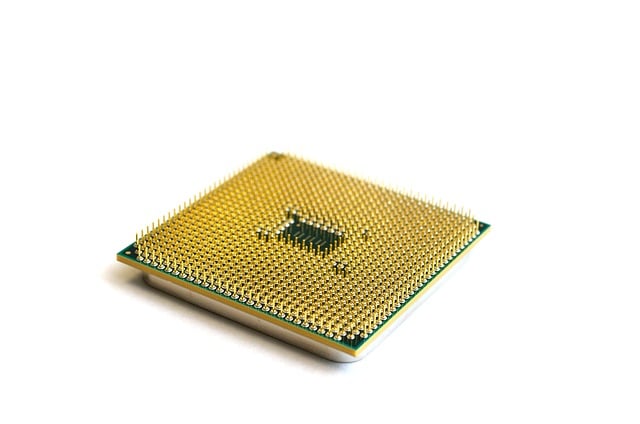
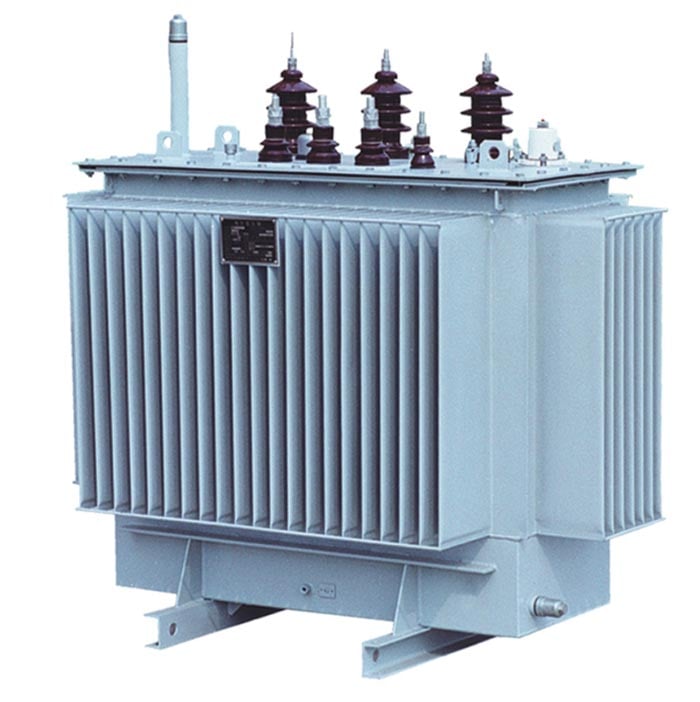
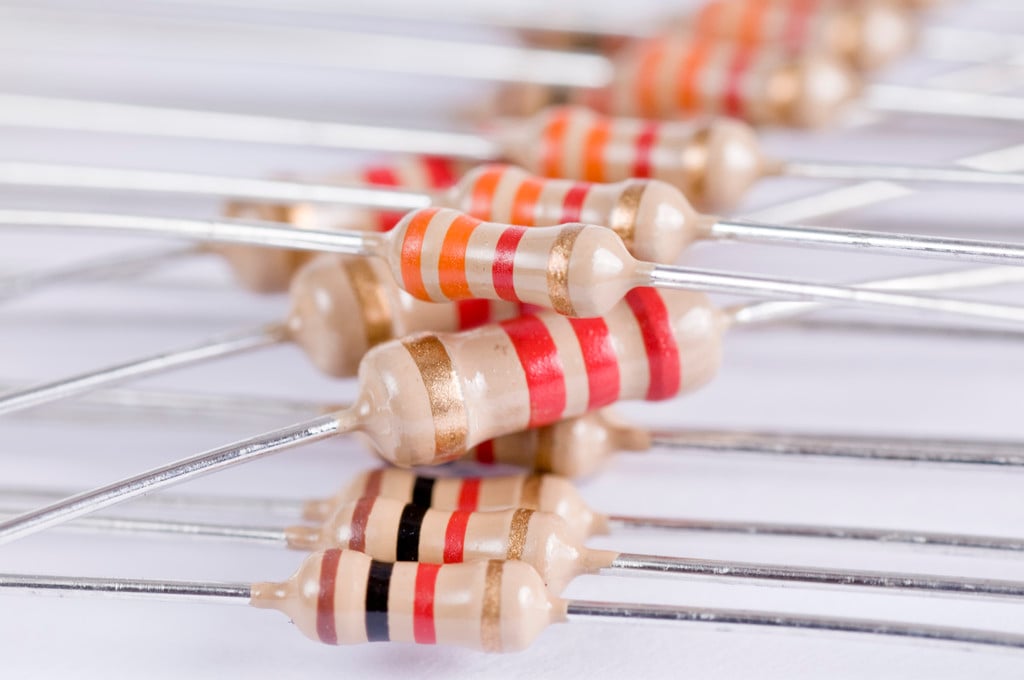
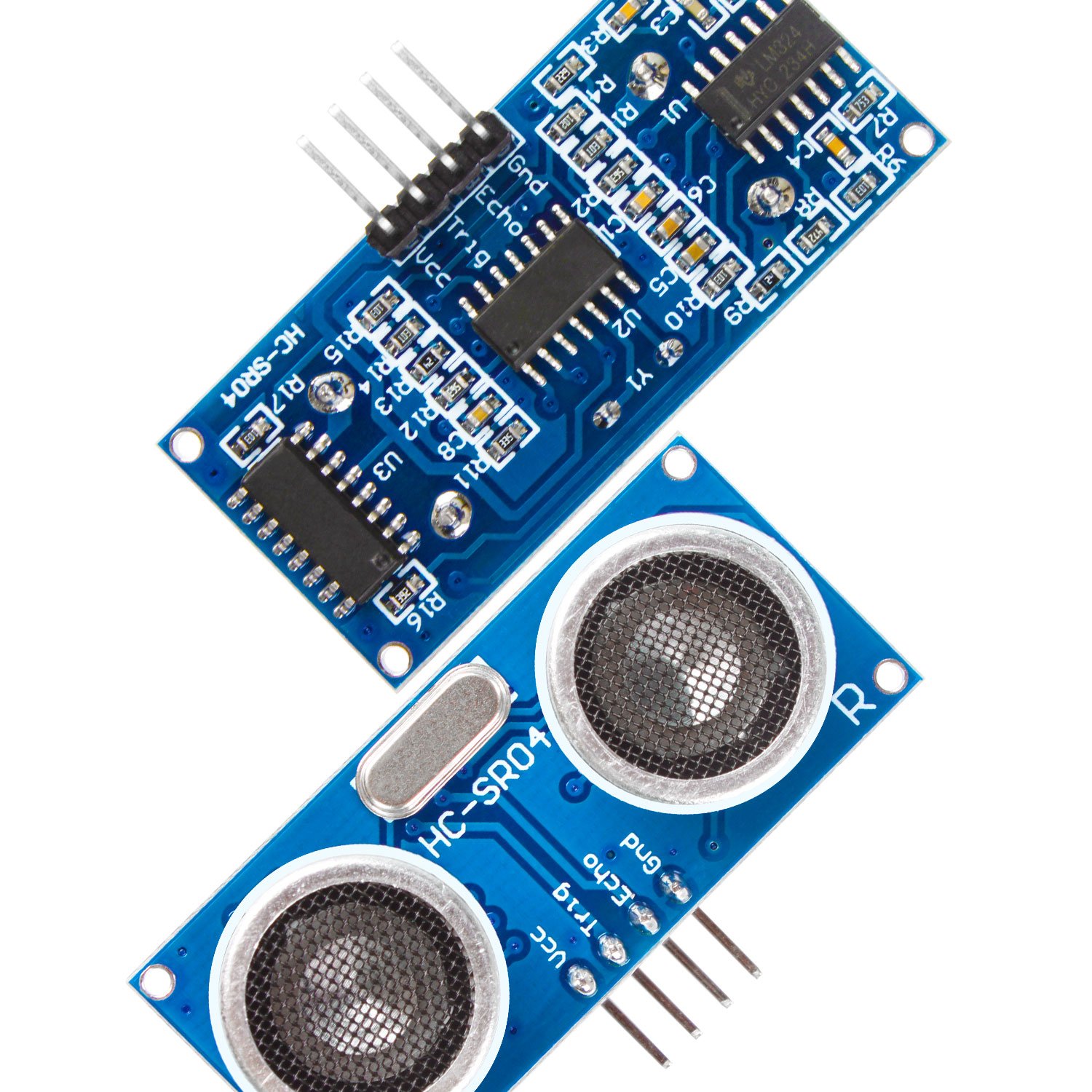
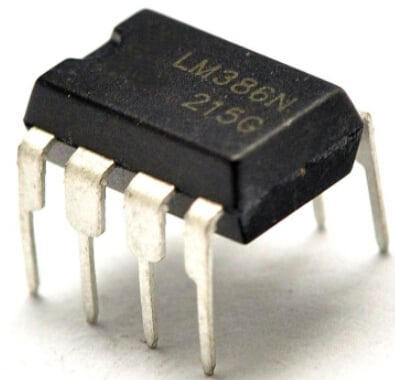

Company
About UsContact UsTerms & ConditionsPrivacy StatementPayment,Shipping & InvoiceRefund & Return PolicyWarranty PolicyFrequently asked questionHolidays for Chinese Mid-Autumn Festival and National Day in 2023
